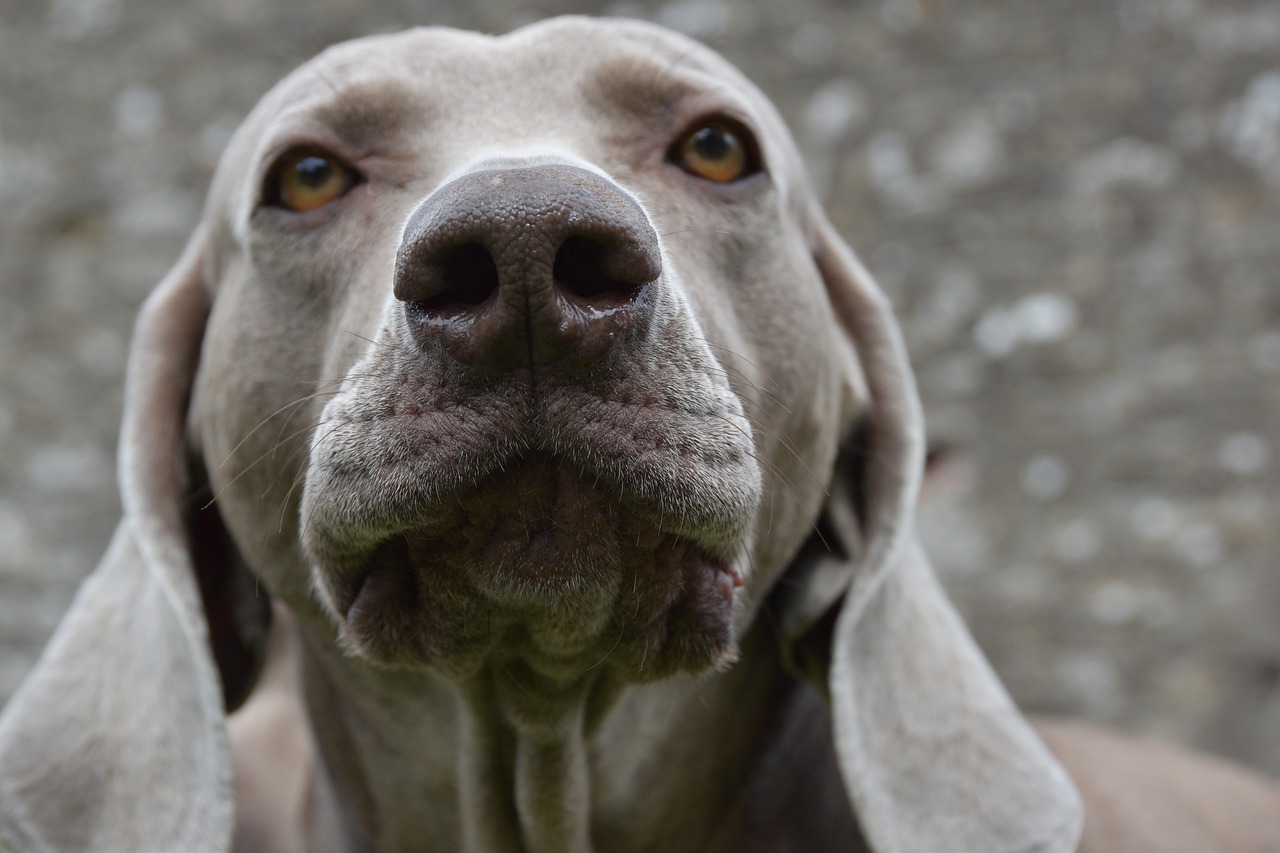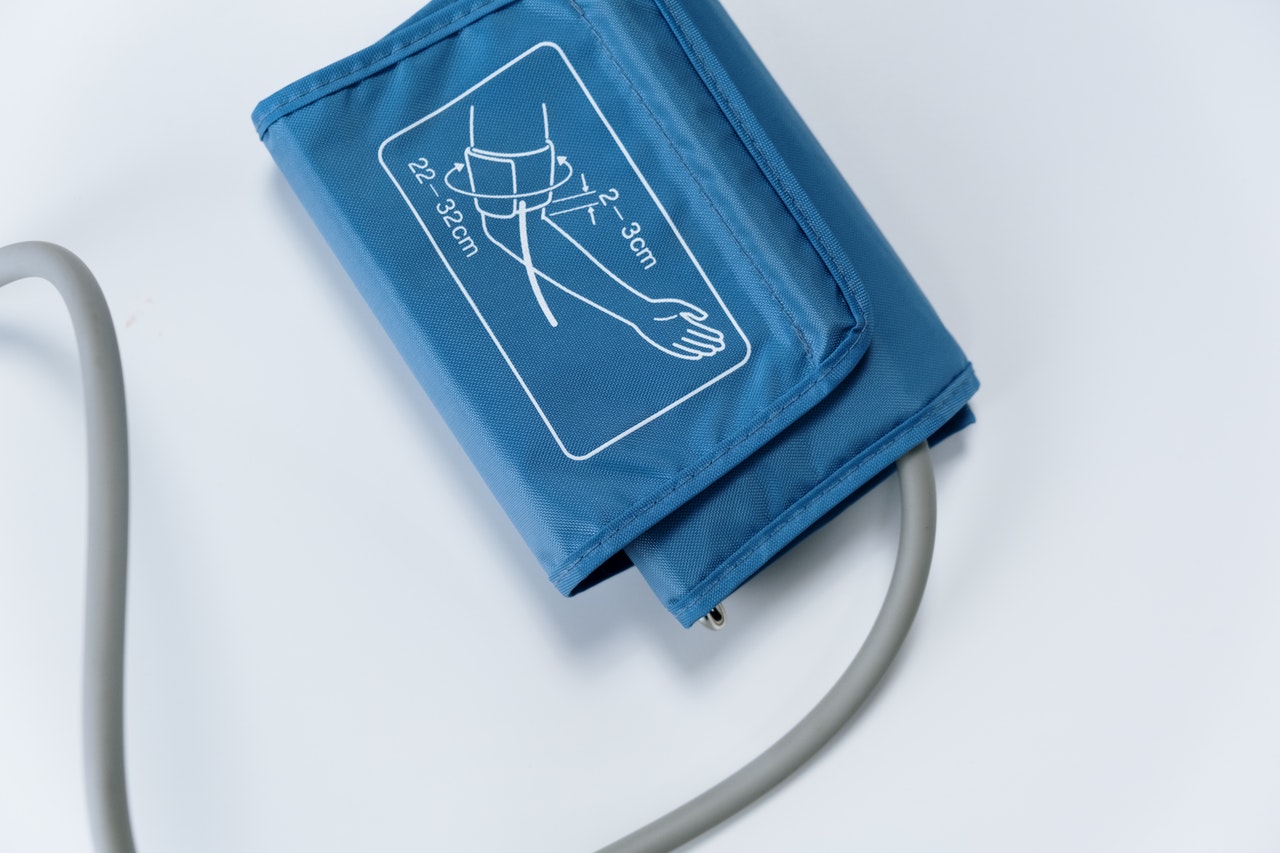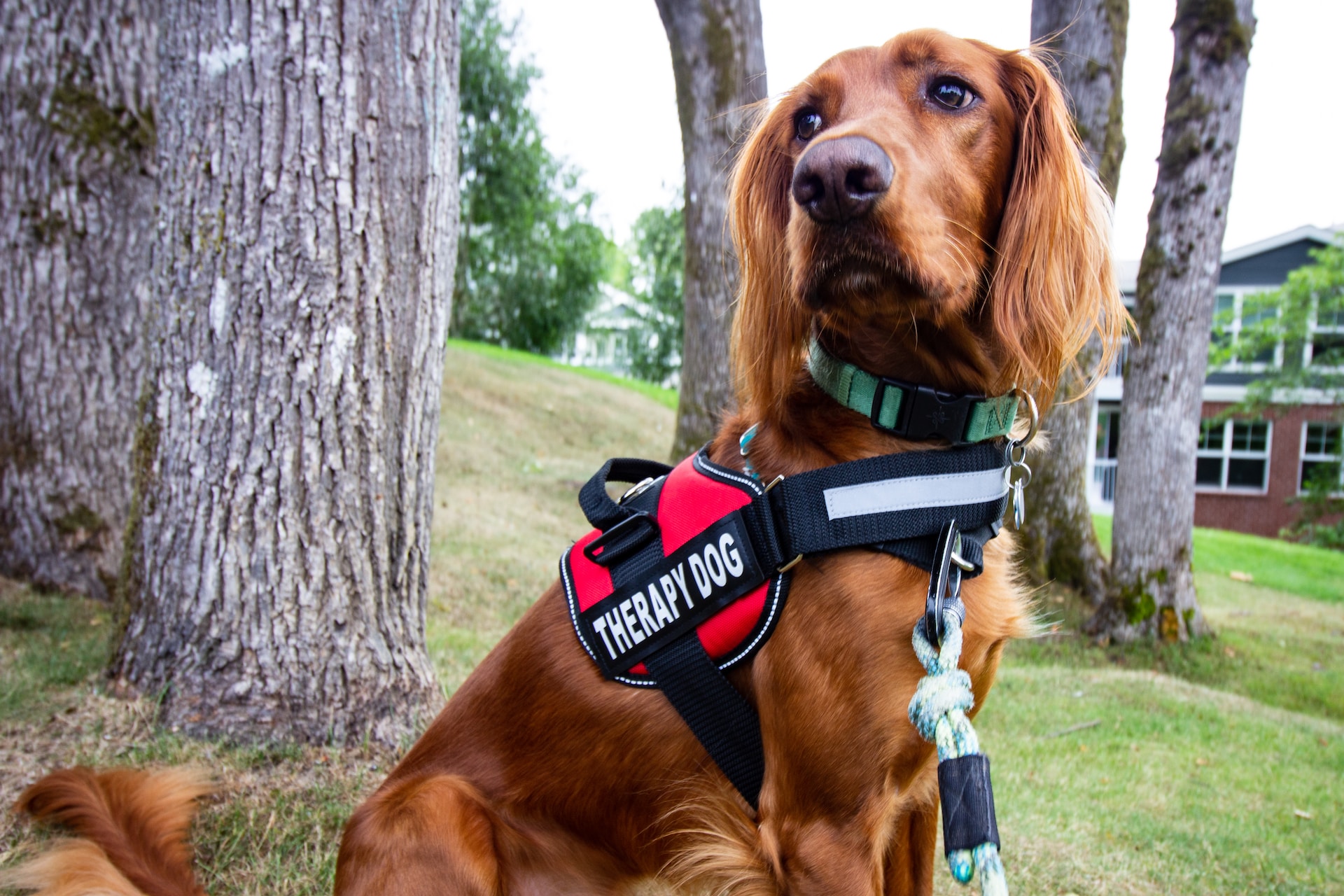
Dogs with long, heavy ears are especially vulnerable to ear problems that their owners should be mindful of. Regular cleaning and vigilance are your best tools in keeping your dog's ears clean and healthy. Breeds that are prone to develop ear infections have been listed below:
Basset Hounds, Beagles, Bloodhounds, Cavalier King Charles Spaniels, Coonhounds, Dachshunds, Golden Retrievers, Gordon Setters, Havanese, Irish Setters, Poodles, Salukis, Spinone Italiano, Sussex Spaniels, Weimaraners are especially vulnerable.
Dogs are very different from humans in terms of ear structure. Many breeds have a 90-degree angle in their canals that makes cleaning a difficult task. Many breeds have canals that range from 5 to 10 cm (〜2 inch — 4 inch). It is easy for a dog with big floppy ears to retain moisture in their ears which can lead to developing an infection and irritation. Dogs that may suffer from an allergy or have sensitive skin are more prone to developing ear problems and you must be extra careful.
How to Recognize Ear Problems
If your dog is dealing with an ear problem there are cues that you can pick up on and take the appropriate measures. If your dog is scratching their head and ears excessively or they shake their head a lot, those are giveaway signs. A redness, swelling, and release of colored fluid around the ear is a sure sign that there might be a problem with your dog’s health. Dogs with sensitive skin and ear problems may develop crusts or scabs around the ears, so you should be vigilant and monitor these areas. There are a few radical changes that you should not overlook, these include — an awful smell coming from your dog’s ears, lack of reaction when you call your paw friend which can indicate a hearing impairment, and apparent loss of balance and coordination. These last few symptoms should send you and your dog straight to the nearest veterinarian's office.
Regular Ear Cleaning
Regular cleaning of your dog’s floppy ears is the best practice to prevent any ear infections and related skin problems in that area. Most veterinarians recommend cleaning your dog’s ears at least once per week, however, it is best to consult your vet about your dog’s ear hygiene in advance. Frequently cleaning your dog’s ears is ill-advised and it may cause problems instead of preventing them. Frequent cleaning can trigger irritation and soreness. There are three key things we want you to know about taking care of your dog:
1. Consult a veterinarian about how often you should clean your dog’s ears and provide them with as much information about the dog’s routine as possible.
2. Avoid using solutions that you have seen promoted on the Internet. Your vet will be familiar with your dog’s health profile and can be relied upon to recommend a suitable cleaning solution.
3. Keep a close eye on your dog if it has swum in a lake, a river, a swamp, or a water canal, and make sure to check its ears. Dogs naturally shake their head to remove water from their ears but that might not work very well some of the time.
The cleaning solution is sold in most pet supply shops, pet pharmacies, and veterinarian clinics.
Step-by-Step Guide on Cleaning the Ears
Cleaning your dog’s ears is very easy and you do not need to take your dog to a pet stylist/groomer. You will need regular cotton wool or circle cotton pads, an ear cleaning solution (it should be checked by your veterinarian in advance), and tasty treats to reward your canine for good behavior throughout the cleaning procedure. Pairing the cleaning process with tasty treats is the best way to ease the discomfort of your paw partner from an early age. You can follow the steps below:
1. Take your dog to the bathroom or another quiet place at home. You might need to lay down a towel for your dog if you are not in a room that is easy to clean.
2. Put your dog in a sitting position or it can lay down and flip their ear vertically so you can pour the cleaning solution inside their ear. You can ask your vet about the dosage, generally speaking, a coffee spoon of liquid should suffice in most cases.
3. Gently massage the bottom part of your dog’s ear so the fluid can penetrate the ear canal fully. Doing this may result in a wet and slushy sound, it is all good, don’t be afraid. Proceed with this for about 20 seconds per ear.
4. Once you stop the massage your dog is likely to try and remove the cleaning fluid so you might need to wait for them to stop shaking their head.
5. If your dog is accustomed to the cleaning, you can take the cotton pads/wool and scrub the ear gently, try to clean the inside a bit. Not all dogs love this so try to understand what is the limit for your dog. Don’t forget to clean the inner fold of the floppy ear as well as the outer side.
6. Reward your dog for their patience with their favorite treats.
Use this opportunity to examine your dog’s ears carefully. You may also want to check their teeth and nose for potential causes for concern.
What are Ear Mites?
Ear mites are a common parasitic infestation that is known to affect household pets like dogs and cats. It is contagious and usually transmitted through contact between animals or via shared bedding. These mites are smaller than fleas, but not microscopic, it is possible for pet owners to spot them upon close inspection — these parasites usually appear as tiny white dots on your dog’s fur and skin. If your dog or cat has ear mites, they are likely to shake and scratch their ears often. Take note of that and make an appointment with your veterinarian as soon as possible. Do not rely on the Internet to provide a solution and proceed with the prescribed treatment from your veterinarian. Most medicine for ear mites comes in the form of ear drops which are easy to apply.
How to Deal With Swimming
Your dog might love to swim and you might let them enjoy a mud bath from time to time which then leads to a warm bath at home. However, the activities involving water might not be as harmless as you might think. As mentioned above, the dog's ear structure does not allow for easy cleaning and discharge of water when the dog comes out of a lake, a water canal, a swamp, a river, or a bathtub. Frequently going into the water can result in an ear infection if you do pay close attention to your dog's ears. Many dog owners like to put cotton wool in their dog's ears as a form of protection and not all dogs are comfortable with that. There is nothing wrong with leaving your dog to enjoy the water, but you need to take a look at their ears afterward and make sure they are clean.
Final Words
As mentioned at the beginning of this article — regular cleaning and checks will help you keep your canine healthy and safe. The development of Ear mites can be prevented by a protective and smart pet owner can who is supported by a good veterinarian. We have a lot of information at our fingertips on the Internet, but we recommend following the prescribed treatment from your veterinarian. Alternative treatment promoted on the Internet should be discussed with your vet. Always be mindful of the sensitive skin of your pet and stay away from ear cleaning solutions that are not designed for your pet’s skin.












